Click here to read the article in Turkish / Haberin Türkçesi için buraya tıklayın.
Peace Journalism Manual written by Prof Dr. Sevda Alankuş from Kadir Has University Communications Faculty will be published by Inter Press Service (IPS) Communication Foundation Publishing.
The 129-page book written in Turkish language, consists of 26 chapters and handles topics such as “What is Peace Journalism?”, “Peace Journalism in Turkey”, “Rights-Based Peace Journalism”. “Editorial Values: Objectivity, Impartiality, Balance…”Peace Journalism, the need for it and how to do it”.
The introduction of the book is written by The President of İPS Communication Foundation, Nadire Mater.
The book as a product of the project “Peace Journalism Manual and Virtual Library” supervised by Prof. Alankuş will be on the shelves in these very days of intensifying clashes and conflicts following the attack in Kızılay downtown of Ankara on March 13.
In this sense, we have asked Prof. Alankuş about the situation of media after the attack and why peace journalism is necessary.
“Peace Journalism is necessary for all times”
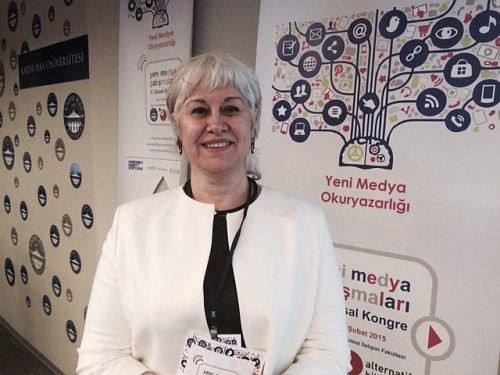
What does it mean that this peace journalism book is issued in such an atmosphere?
We need to think, struggle and fight for peace; in short, we need peace more than ever. Because putting an end to violence with violence is not possible and democracy, which is the most favourable regime to human dignity can only be actualized under the conditions of peace.
Accordingly, no matter how hard it looks under these conditions in which the interference and censorship of the current structure of the media and the political power has on media has gone out of limit, one of the things we can do for peace and to break this circle of violence is to bring peace journalism to agenda as a political and ethical option.
In other words, even though peace journalism stands for the journalism ethics and practice needed for all times, and not only for the opposite of journalism practiced in a way inciting to war and violence under conditions of clashes and war, it should most particularly be brought to agenda and ways of actualization should be sought for especially under the current spiral of violence we are in.
“We can’t actualize democracy with propaganda journalism”
From a peace journalism perspective, how do you evaluate the stance of the media after the attack in Kızılay downtown of Ankara? How should journalism be performed in this process?
Of course terrible. On one hand, we need peace journalism more than ever, on the other hand, it has become difficult to talk about, defend and actualize peace journalism more than ever. This process leading to publishing our peace journalism guide which is actually a project output, had been launched in times when the peace plan was on the table and the word peace was begun to be pronounced in a general legitimacy. Yet in the recent day, in which is being completed, we have reached a point where even pronouncing the word has begun to be considered “a crime of terror”.
Yet just like the struggle for peace, also the struggle for peace journalism is a long-running process. Besides, some studies show that the countries which have achieved to bring peace journalism into action are the very ones, which had suffered violence the most, have experienced war, civil war and have taken lessons from these experiences in order not to have to go through all these again.
In this sense, we stand at a turning point, in a spiral of violence which can not be persisted, and when we take a little break and see what we have left behind, will necessarily make us opponents of war. And only then we will have to think about peace journalism straightly and properly. I am telling this only for the ones who can get this message in the right way, through propaganda journalism, we can reach neither a sustainable peace nor a democracy and that’s why we need to defend peace journalism and actualize it.
Post Kızılay Attack media
To come to the main issue...The mainstream media has received very bad grades once again just like after every act of violence. What is worse is that we are faced with news media management and practice which doesn’t even bother or care about passing this test. These is only one expression can be used for what is happening and it is a political power and propaganda based war journalism insisting upon victory at any cost, counts deaths, calls for more violence without comprehending cause and effect relations and can’t emphasize with other side’s humanly pain.
This is a kind of journalism which we have been facing after Suruç and also in the other three attacks carried out in Ankara as of June.
“A journalist should take sides with the right to life”
In such times when violence has multiplied, what kind of a role does a journalist take? What kind of an effect can peace journalism have in this period?
A journalists, like other professions, has to take sides with life. Defending the right to life means defending peace. A pro-active journalism taking sides with peace should be practiced. Yet when talking about peace, one should not only consider peace a state of truce and no clashes or a situation of negative peace meaning no gun solution. Peace journalism should be established on the basis of an understanding which gives peace a positive meaning.
In other words, peace journalism requires a positive order, meaning an order which adds something to life against inequalities and discriminations between classes, genders, ethnics, religions etc. causing […] tensions and clashes,
Rights-based journalism and peace journalism
For this reason, we have widened the definition of peace journalism in our book and created a book bringing the similar approaches of rights-based journalism and peace journalism together. Peace journalism, defined from such wider perspective, stands for a journalism practice in favor of solving and avoiding tensions without using guns which gives an ear to what all parties say, distances itself from the act of inciting to war and violence […] and does not cover difference ofopinions and brings forward commonalities (common interests). Of course this does not make a peace activist a journalist but it encourages journalists to report how similar problems are solved in different regions.
“Peace Journalism Handbook” written by Prof.Alankuş and published by İPS Communication Foundation Publishing will find its place on the shelves on March 25.
Sevda Alankuş |
She graduated from Ankara University, Faculty of Political Science in 1980. She completed her MA and PHD degrees in the area of Political Science and Public Administration at the same university. She continued her academic studies at Leeds University in the years between 1988-89. She worked as academic at Ege and Ankara universities in the years between 1982-1999. She obtained the titles of Assoc. Prof. and Professor in the area of Communication Sciences. She worked as dean at Eastern Mediterranean University, Faculty of Communication and Media Studies in the years between 1999-2008, and İzmir University of Economy, Faculty of Communication in the years between 2008-2013. She is the education advisor for Independent Communication Network (BİA) as of 1998. She undertook editorship of most of 16 books published by IPS Foundation Publishing. Her research areas consist of subjects such as alternative media, peace journalism, feminist media critique |
(EA/DG)





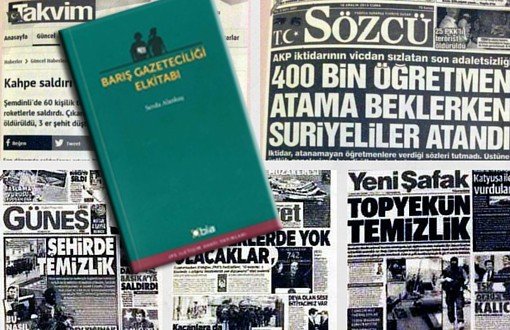
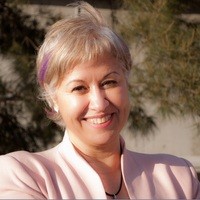
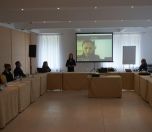
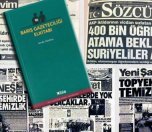
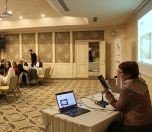
132.jpg)
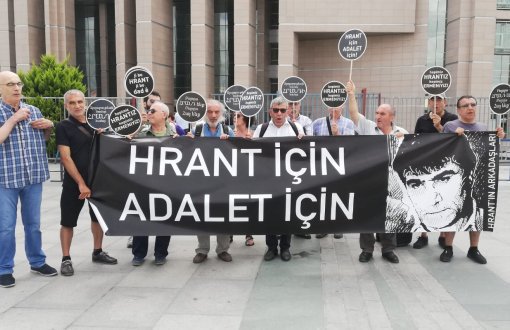


.jpg)
.jpg)